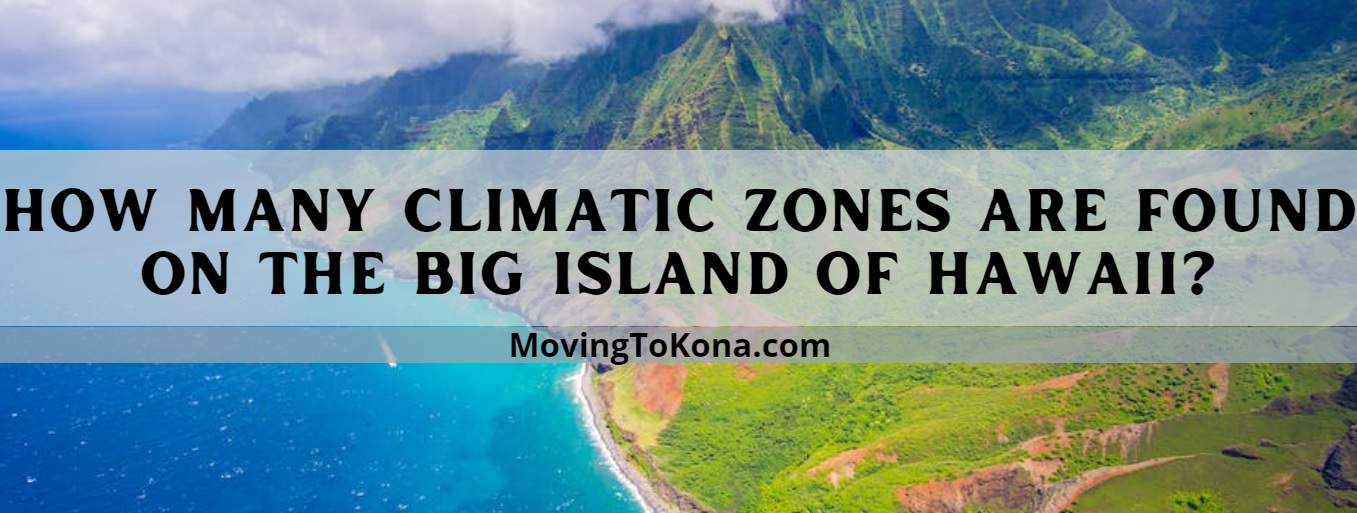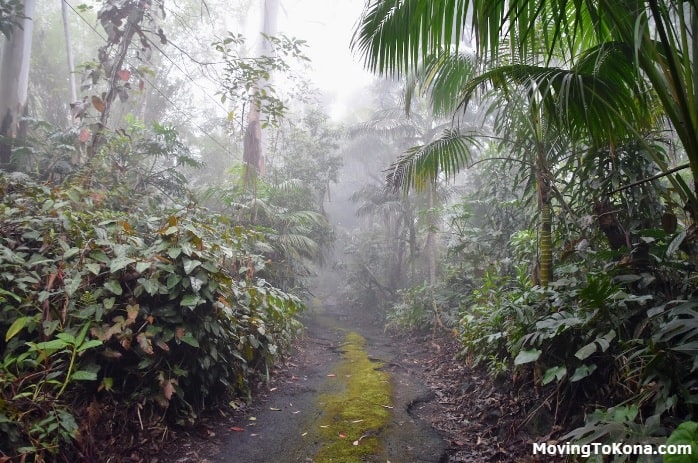How Many Climatic Zones are Found on the Big Island of Hawaii?

How Many Climatic Zones are Found on the Big Island of Hawaii?
The Big Island of Hawaii is known for its remarkable diversity in climatic zones. There are 13 recognized climatic zones in the world, based on factors such as temperature, precipitation, and altitude. The Big Island of Hawaii is unique in that it has 10 of these 13 climatic zones. Here are the climatic zones found on the Big Island:
- Tropical Rainforest: The eastern and northeastern regions of the Big Island, particularly areas such as Hilo and Puna, experience a tropical rainforest climate. These areas receive abundant rainfall, resulting in lush vegetation, dense forests, and a humid environment.
- Tropical Monsoon: Some coastal areas on the eastern side of the Big Island, including parts of Hilo and the Hamakua Coast, have a tropical monsoon climate. These areas experience distinct wet and dry seasons, with heavy rainfall during the wet season and drier conditions in the summer.
- Tropical Savanna: Present in the southwestern part of the island, such as South Kona and parts of Ka’u.
- Arid Desert: The western and southwestern regions of the Big Island, such as the Kohala Coast and parts of Kona, fall under an arid desert climate. These areas are characterized by hot, dry conditions, limited rainfall, and a more barren landscape with volcanic rock and sparse vegetation.
- Semi-Arid Steppe: The western slopes of the Mauna Kea and Mauna Loa volcanoes, including the regions of South Kohala and portions of North Kona, feature a semi-arid steppe climate. These areas receive slightly more rainfall than the arid desert zones but still have dry and sunny conditions overall.
- Alpine: The summit regions of Mauna Kea and Mauna Loa, reaching elevations above 10,000 feet (3,000 meters), exhibit an alpine climate. These areas experience cooler temperatures, often below freezing, with snowfall during the winter months.
- Subtropical Dry: Some parts of the Kohala Coast, particularly in the northern regions, experience a subtropical dry climate. These areas receive less rainfall than the tropical rainforest zone, resulting in a drier environment with a mix of shrubs, grasslands, and scattered trees.
- Temperate: At higher elevations on the slopes of Mauna Kea and Mauna Loa, there is a temperate climate. These areas have cooler temperatures compared to lower elevations, with a mix of grasslands, shrubs, and scattered trees. The temperate zone is characterized by more distinct seasons and occasional frost or snowfall.
- Mediterranean: Present at higher elevations on the windward side, such as the Waimea region.
- Humid Subtropical: Found in certain areas of the island with a mix of tropical and subtropical conditions.
These climatic zones contribute to the incredible ecological diversity of the Big Island, allowing for a wide range of ecosystems and landscapes to coexist within a relatively small geographical area.

